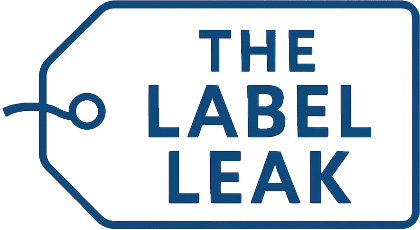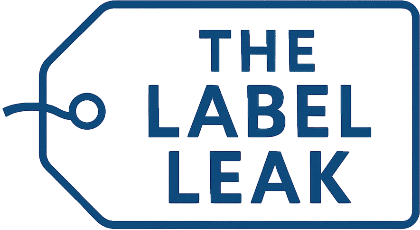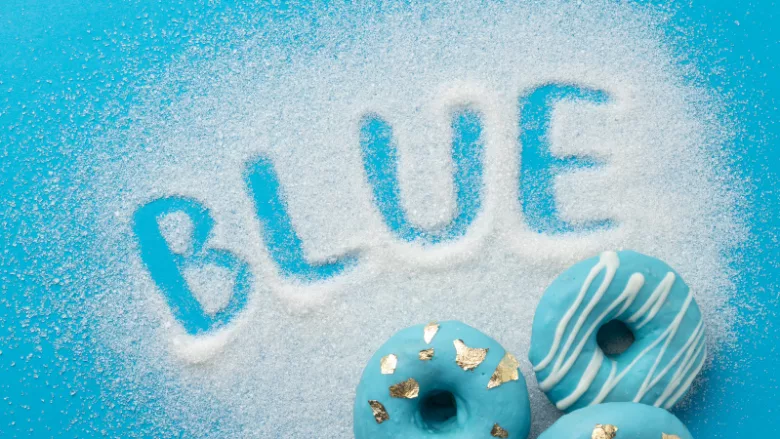Following the U.S. Food and Drug Administration’s (FDA’s) recent announcement of its intent to phase out the use of synthetic, petroleum-based food dyes from the U.S. food supply, the agency has approved the use of naturally sourced Gardenia (Genipin) Blue. At the same time, FDA is reminding industry that, although the use of “natural” food colorants is encouraged in replacement of artificial dyes, all color additives—naturally sourced or otherwise—must meet legal safety standards for use.
In April 2025, U.S. Department of Health and Human Services (HHS) Secretary Robert F. Kennedy Jr., along with FDA, held a press conference to share a plan for encouraging industry to cease the use of artificial food dyes in their products. However, this effort does not involve an enforceable ban or any official lawmaking, instead relying on the private sector taking the initiative to voluntarily change their product formulations. FDA also urged industry to phase out the use of red dye 3—the authorization for which was revoked in January under the previous administration—sooner than the current 2027–2028 deadline.
To nudge manufacturers to cooperate with Secretary Kennedy’s wishes, FDA is expediting the authorization of “natural” food coloring alternatives, the latest being Gardenia Blue, for which the agency just approved the color additive petition submitted by granted Gardenia Blue Interest Group. Gardenia Blue is derived from the fruit of the gardenia, a flowering evergreen. The safety of Gardenia Blue was very recently reevaluated by the Food and Agriculture Organization of the United Nations (FAO)/World Health Organization (WHO) Joint Expert Committee on Food Additives (JECFA), at which point JECFA concluded that the dietary exposure to a certain impurity in Gardenia Blue does not pose a safety concern.
Under section 721 of the Federal Food, Drug, and Cosmetic Act (FFDC), color additives must be FDA-approved before they may be used in foods. The agency evaluates toxicological data in color additive petitions to ensure that the use of a colorant meets legally required safety standards, and issues a regulation prescribing safe conditions of use. For Gardenia Blue, FDA authorized its use in sports drinks, flavored or enhanced non-carbonated water, fruit drinks and -ades, ready-to-drink teas, hard candy, and soft candy.
Gardenia Blue is the fourth “natural” food dye approved by FDA since April, following the authorization of color additive petitions for:
- Galdieria extract blue, a blue color derived from the unicellular red algae Galdieria sulphuraria
- Expanded uses for butterfly pea flower extract—a coloring derived from the butterfly pea plant that can be used to make blue, purple, and green shades—which was already approved for use in some food and beverage products
- Calcium phosphate, a mineral-based white color.
FDA and HHS’ emphasis on removing synthetic food dyes from the U.S. food supply is in line with Secretary Kennedy’s “Make America Healthy Again” (MAHA) movement.


